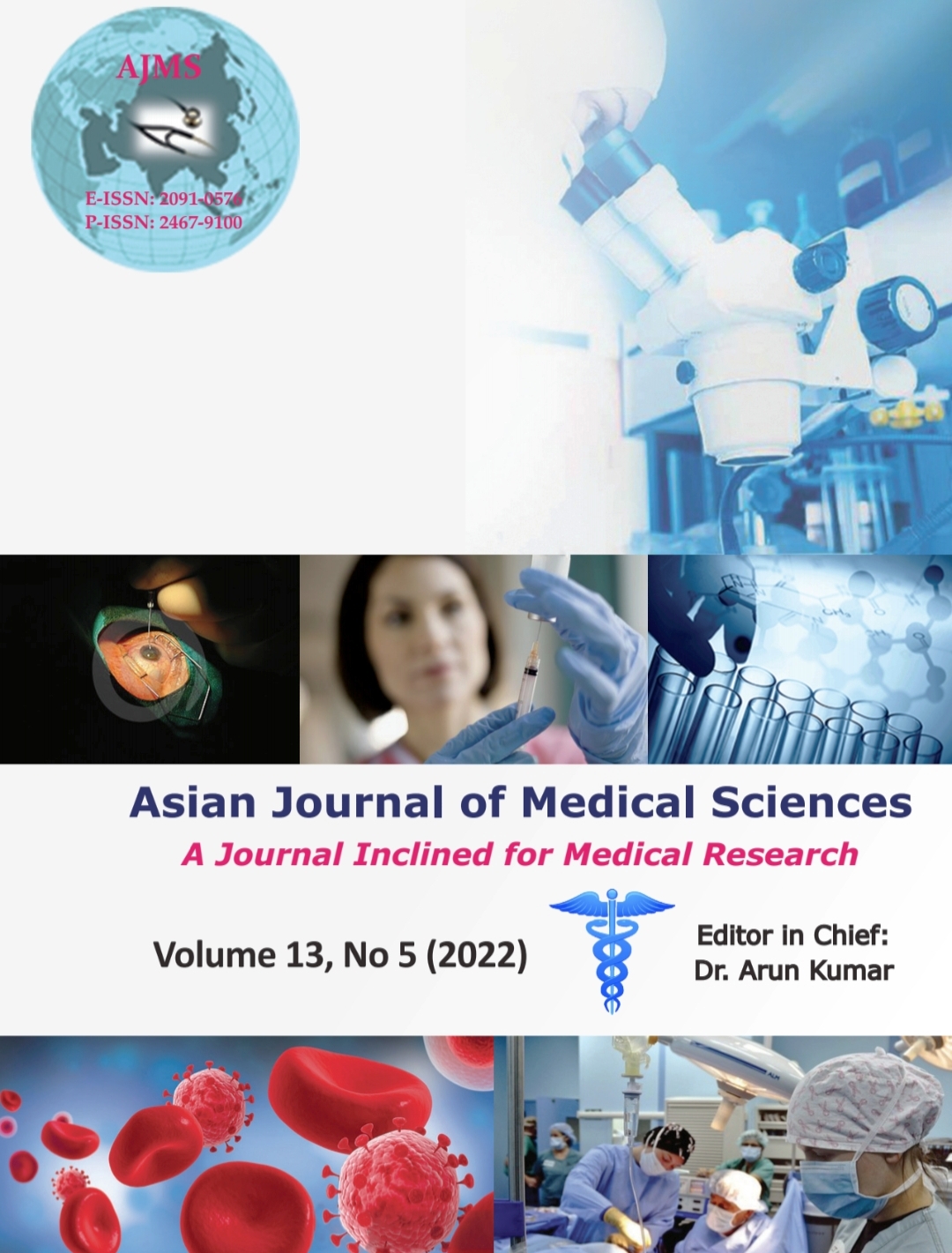Neonatal outcome in pregnancies complicated by Gestational Diabetes Mellitus in a tertiary care hospital from South India
Keywords:
Gestestional Diabetes Mellitus, Neonate, Outcome study, Fetal macrosomiaAbstract
Background: Affecting 537 million adults worldwide and counting, diabetes is spiraling out of control. Historically pregnancies complicated by abnormal glycemic control are associated with various neonatal complications, increased morbidity and mortality. Majority of abnormal glycemic control in pregnancy is attributed to Gestational Diabetes Mellitus (GDM) rather than pregestational Diabetes Mellitus. 21 million live births (1 in 6) were affected by hyperglycemia during pregnancy worldwide in 2021, approximately 80% of which is attributed to GDM. With disease burden increasing at an alarming rate a hospital-based descriptive study was conducted to observe neonatal outcome in pregnancies complicated by GDM.
Aims and Objectives: The present study was undertaken to observe neonatal outcome, in pregnancies complicated by GDM in terms of neonatal mortality and neonatal complications, in the study hospital.
Materials and Methods: 115 mothers diagnosed to have GDM and their infants were enrolled in the study. Maternal antenatal records and indoor case sheets were used to collect data regarding maternal medical profile and any associated obstetric complications. Neonatal indoor case sheets were reviewed to collect data regarding gestational age, birth weight, and gender. Neonatal complications and mortality if any were recorded. Descriptive analysis was done using data collected.
Results: Out of 115 infants 60 (52.2%) were female and 55 (47.8%) were male, 108 (93.9%) were full term and 7 (6.1%) were preterm. 93 (80.9%) infants were appropriate for gestational age, 15 (13.0%) were small for gestational age, and 7 (6.1%) were large for gestational age. Four (3.4%) infants had birth weight more than 4000 g. Neonatal complications were noted in 26 (22.6%) infants, most common being neonatal hyperbilirubinemia (n=14) (12.2%). Other neonatal complications observed were respiratory distress (n=5) (4.3%), perinatal asphyxia (n=3) (2.6%), hypoglycemia (n=2) (1.7%), meconium aspiration syndrome (n=1) (0.9%), and neonatal convulsions (n=1) (0.9%). Cardiac malformations noted were ventricular septal defect (n=1) (0.9%) and atrial septal defect (n=1) (0.9%). There was no neonatal mortality noted in the study.
Conclusion: In our study, we observed a better neonatal outcome in terms of neonatal mortality and morbidity as compared to that noted historically in the literature. Early detection and meticulous maternal diabetes management is associated with better neonatal outcome as observed in this study. This observation is also well supported in the literature along with the fact that, untreated GDM is associated with significant neonatal morbidity.
Downloads
Downloads
Published
How to Cite
Issue
Section
License
Copyright (c) 2022 Asian Journal of Medical Sciences

This work is licensed under a Creative Commons Attribution-NonCommercial 4.0 International License.
Authors who publish with this journal agree to the following terms:
- The journal holds copyright and publishes the work under a Creative Commons CC-BY-NC license that permits use, distribution and reprduction in any medium, provided the original work is properly cited and is not used for commercial purposes. The journal should be recognised as the original publisher of this work.
- Authors are able to enter into separate, additional contractual arrangements for the non-exclusive distribution of the journal's published version of the work (e.g., post it to an institutional repository or publish it in a book), with an acknowledgement of its initial publication in this journal.
- Authors are permitted and encouraged to post their work online (e.g., in institutional repositories or on their website) prior to and during the submission process, as it can lead to productive exchanges, as well as earlier and greater citation of published work (See The Effect of Open Access).




